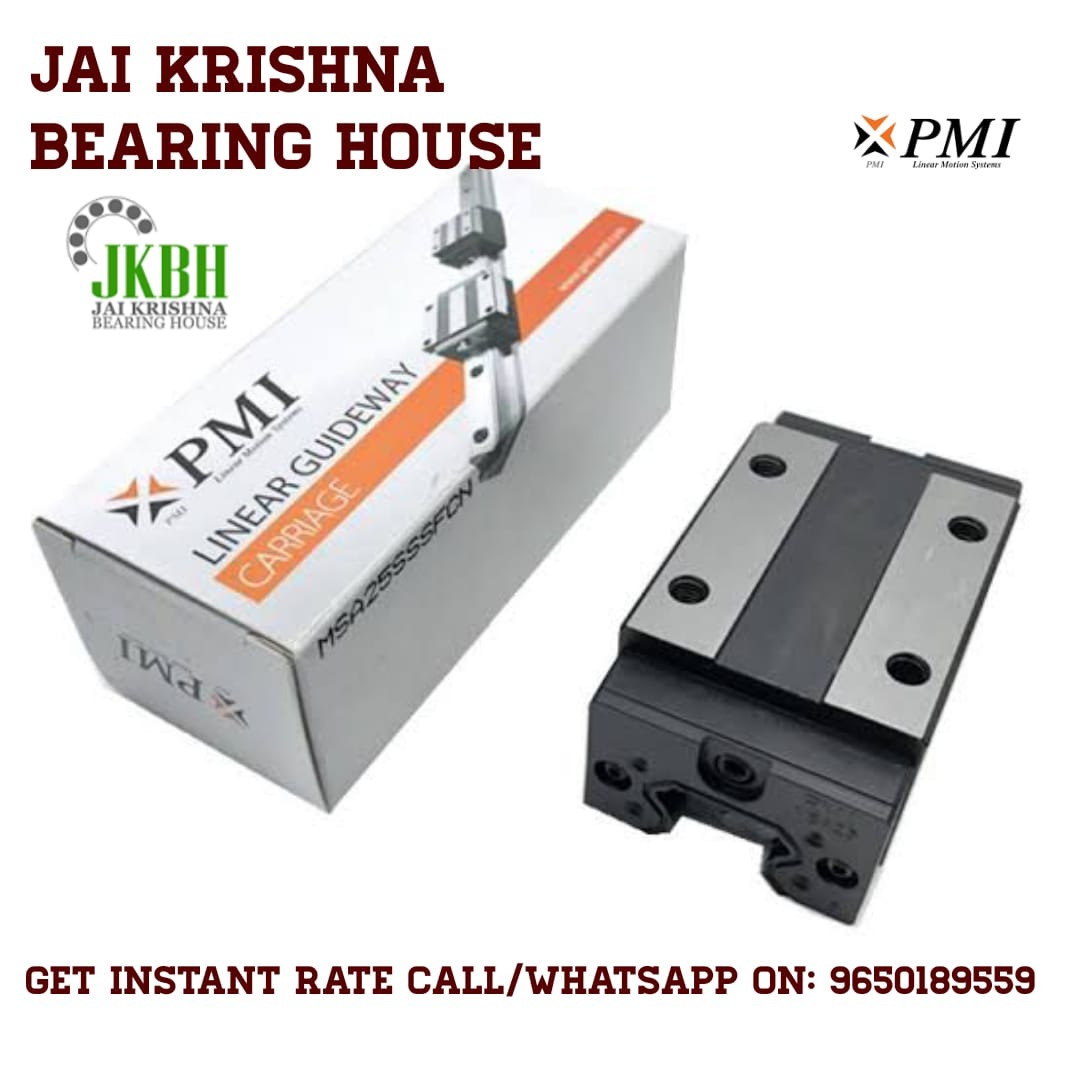
Inductive sensors detect metallic objects without physical contact by generating an electromagnetic field. When a metal object enters this field, it changes the field’s characteristics, and the sensor outputs a signal.
🔸 Key Features
Detection Target: Only metal objects (steel, iron, aluminum, etc.)
Typical Sensing Range: 1 mm to 30 mm (depends on sensor size and type)
No moving parts: Durable and maintenance-free
Insensitive to dust, dirt, and water
🔸 Common Baumer Series
IFRM Series: General-purpose cylindrical inductive sensors
IFFM Series: Flush mountable, robust types
IFRM 08/12/18/30: Sizes (in mm) for compact to heavy-duty applications
🔸 Output Types
NPN or PNP
Normally open (NO) or normally closed (NC)
Analog output (in some models)
🔸 Applications
Detecting presence/position of metal parts
Monitoring gear teeth
Counting metallic items
End-of-travel detection on actuators
🔹 2. Capacitive Proximity Sensors (Baumer)
🔸 Principle of Operation
Capacitive sensors detect both metallic and non-metallic objects, including plastic, wood, glass, liquids, and powders. They operate by detecting changes in capacitance caused by the presence of an object.
🔸 Key Features
Detection Target: All materials (solid or liquid)
Adjustable sensitivity (manual or via teach-in button)
Can detect through non-metallic containers or walls
Sensing Range: Typically 1 mm to 25 mm
🔸 Common Baumer Series
FFRM / CFRM Series: Cylindrical or rectangular capacitive sensors
FFIR / CFIR: Advanced models with higher precision and stability
🔸 Applications
Level detection in tanks (for water, oil, grain, etc.)
Presence detection of non-metallic objects
Object counting or material verification
Detecting packaging materials
🔹 Comparison Table
Feature Inductive Sensor Capacitive Sensor
Detects Metals ✔️ ✔️
Detects Non-Metals ❌ ✔️ (glass, plastic, liquid, etc.)
Sensitivity Adjustment Rare Common (potentiometer or teach-in)
Sensing Distance Shorter Longer (depends on material)
Robustness Very high (suitable for metal) Moderate (sensitive to environment)
Common Use Metal part detection Level sensing, non-metal detection
🔹 Output & Connectivity
Digital output (NPN/PNP)
Analog output (in some capacitive sensors)
IO-Link: In smart sensors for advanced diagnostics & configuration
🔹 Wiring & Installation
Standard sizes: M8, M12, M18, M30 (cylindrical); also rectangular formats
Typically 3-wire or 4-wire connection
Shielded/unshielded types
Mounting: Flush or non-flush depending on model
🔹 Tips for Selection
Choose inductive for metal-only applications.
Choose capacitive for liquid, plastic, or non-metal detection.
Use IO-Link models if you need remote configuration or diagnostics.
Ensure the sensor’s housing and protection class (IP65/IP67/IP69K) matches the environment.
Keywords
environment common
presence detection
electromagnetic field
diagnostics ensure
remote configuration
nonmetal detection
liquid plastic
model tips
nonflush depending
high suitable
material robustness
higher precision
nonmetallic containers
teachin button
materials solid
capacitance caused
nonmetallic objects
dust dirt
maintenancefree insensitive
sensor size
30 mm depends
sensor outputs
fields characteristics
physical contact
sensors housing
smart sensors
iolink models
capacitive sensors iolink
selection choose inductive
metal moderate sensitive
water oil grain
moving parts durable
metal object enters



